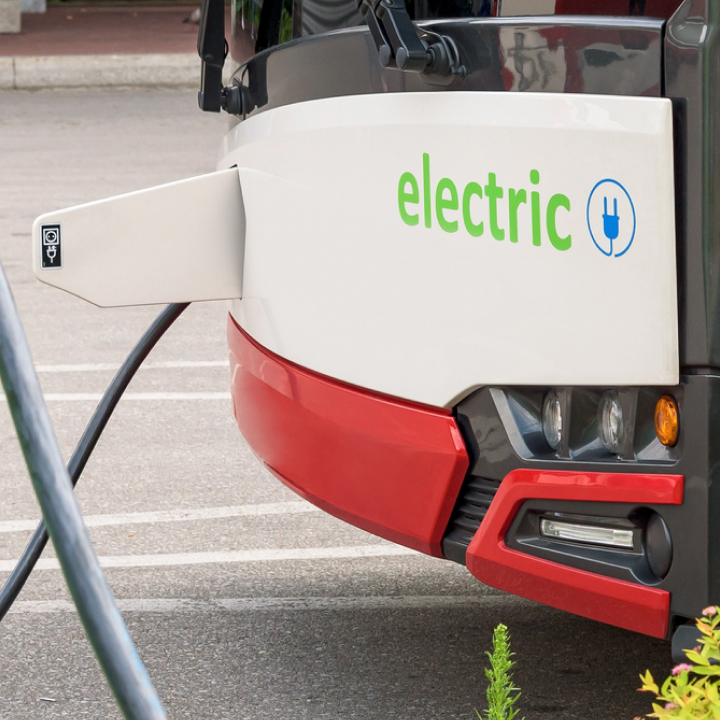To really understand the environmental impact of electric cars and to compare it with that of endothermic-powered cars, we first need to be clear about one thing: the environmental impact is not only that caused by emissions while driving.
It would be too easy and too obvious to say that electric cars are greener because they do not have a muffler and do not emit CO2 when we drive them.
Of course, this is an important aspect: if we think of a big city where all the cars are electric, the air would be cleaner and we would not breathe the exhaust fumes of thousands of cars.
But to assess the environmental impact, this is not enough. The entire life cycle of the car must be considered, that is, the consequences on the environment during its production, use and final disposal must be assessed.
One of the most important and complex factors to measure and evaluate is the amount of energy required to produce the cars, the energy mix used to generate that energy (renewable and nonrenewable sources), and the emission savings given by the end-of-life management of the car once it is decommissioned.
Is it true that they pollute less than internal combustion cars?
That being said, we can still say that yes, electric cars already pollute less than internal combustion cars during their life cycle.
Not only that: data compiled by Rystad Energy an independent research company on energy issues, show that globally in the coming years the amount of energy produced through renewable sources is expected to steadily increase. This means that, even just looking at CO2 emissions, the environmental impact of an electric car will continue to decrease in the near future.
What is the environmental impact of electric cars?
To show you where the environmental impact of electric cars is concentrated, let’s look together at the most important factors that are considered in the life cycle stages:
Manufacturing: During the production of electric cars, resources and energy are required to extract and process the materials used to make the batteries, motors, chassis and other components. Thus, the environmental impact depends on the source of energy used for production, waste management practices, and the origin of the materials. Having said that, although the battery production chain today makes the production of an electric vehicle more demanding (resource-wise), compared to a combustion vehicle, it should be remembered that once on the road, the electric vehicle will not burn fuel as an endothermic vehicle does, it will be extremely efficient, and its battery, at the end of its life, can be completely recycled to give rise to new batteries.
Usage: Electric cars produce no emissions while driving, because since they are powered by electricity, not fuel combustion, they do not emit exhaust gases. However, to assess the environmental impact, sources for the production of the energy used to recharge electric cars. If the electricity is generated from fossil sources, such as gas, the overall environmental impact will be greater.
Maintenance and repair: Electric cars generally require less maintenance than internal combustion cars because they have fewer moving parts and do not require oil changes, spark plugs, and engine filters. At this stage of the life cycle, the environmental impact depends on the production and disposal of spare parts and materials used for maintenance.
End of life: At the end of their useful life, electric cars must be disposed of or recycled in a safe and sustainable manner. The lithium battery recycling process, in particular, is constantly evolving to improve efficiency in recovering essential materials (such as lithium, cobalt, manganese, and nickel) for the production of new batteries. Already today, recycling of the materials from which a lithium-ion battery is made can exceed 90 percent.
Let’s learn about the environmental benefits of the electric world
Improving the environmental impact of electric cars at every stage of their life cycle is a challenge for the industry and the market. The benefits, on the other hand, are for everyone. Let’s look at them together:
Zero exhaust emissions: Electric cars emit no harmful gases while driving, helping to reduce air pollution and improving air quality especially in urban areas.
Reduced CO2 emissions: Although electric cars may be powered by energy produced from nonrenewable sources, they still have a lower overall carbon footprint than internal combustion cars, especially when calculating an average vehicle life as high as Italy’s, which is around 12 years.
Lower noise: Electric motors are quieter than internal combustion engines and help reduce noise pollution.
Higher energy efficiency: Unlike cars with endothermic engines, electric cars are able to convert an extremely higher percentage of energy into motion than an endothermic vehicle. This means that for the same length of journey, an electric car consumes less energy.
Promotion of renewable energy: The adoption of electric cars can incentivize the use of renewable energy sources for power generation, thus helping to reduce greenhouse gas emissions and address climate change.
Reducing dependence on fossil fuels: Electric cars reduce dependence on fossil fuels for transportation, helping to diversify energy sources and provide greater energy security.



